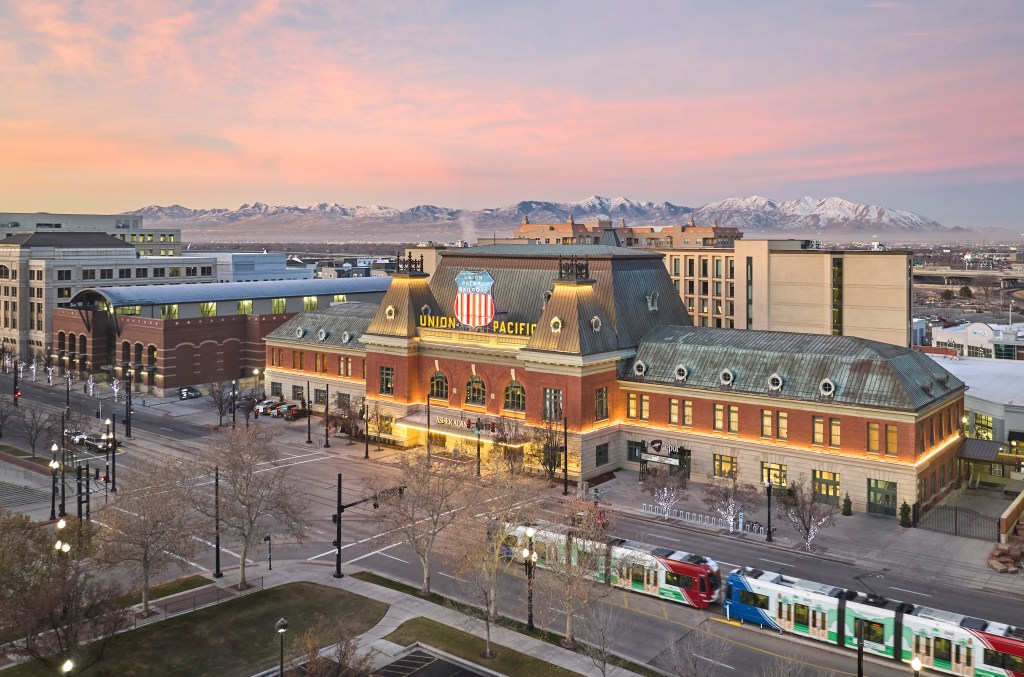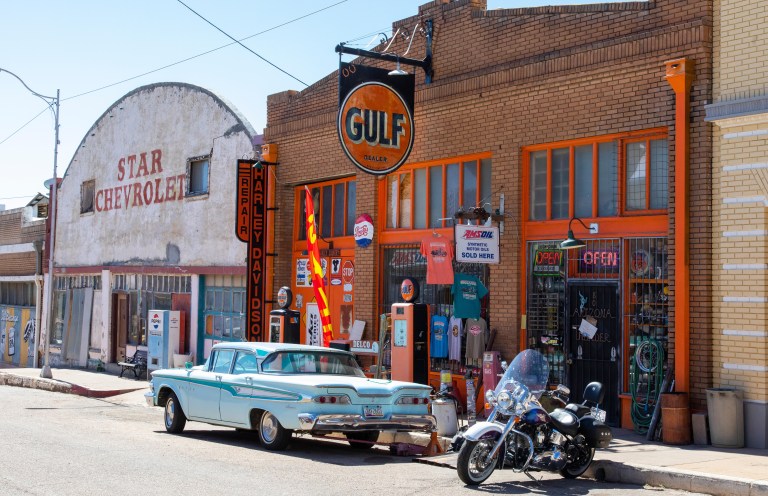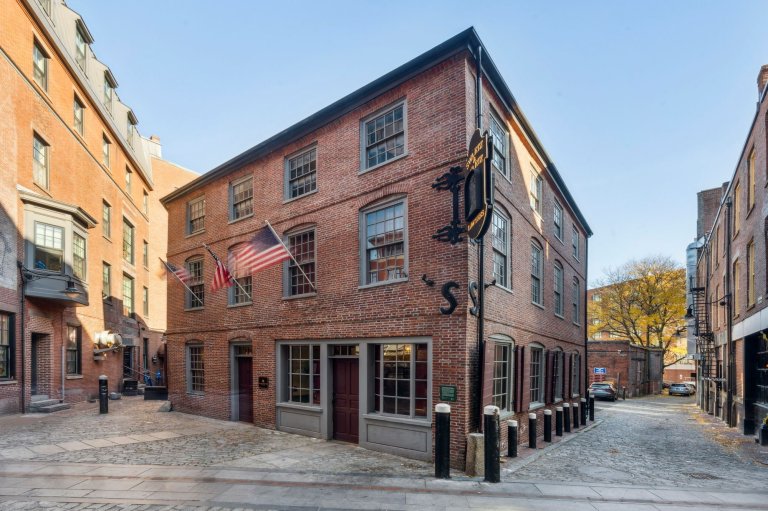When Kansas City Union Station originally opened its doors in 1914, it was a magnificent testament to the Missouri city’s position as an economic powerhouse, comprising 10 levels and 900 rooms — including an elaborately decorated Grand Hall with an ornate fresco-adorned ceiling and three 3,500-pound chandeliers.
During World War II, at the peak of passenger rail travel, an estimated 1 million people traversed Kansas City’s tracks each year, per the Chamber of Commerce. But over time, planes and automobiles usurped trains as the United States’ preferred transportation methods, and by the 1990s, the building had fallen into disrepair. It’s a tale many of the country’s former railway transportation hubs share. Also familiar, however, is the station’s storied comeback.
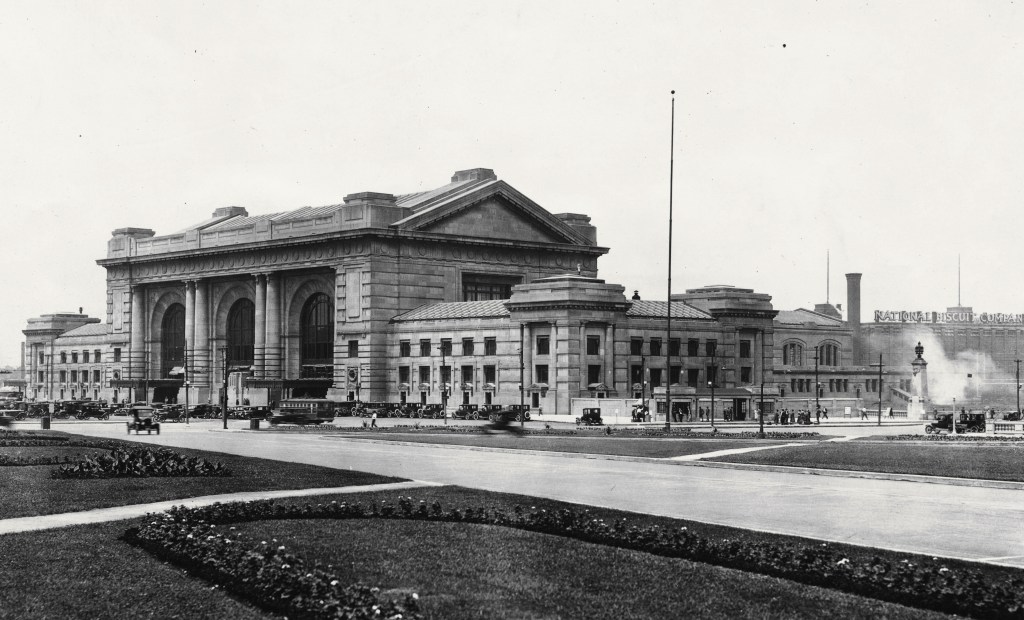
Kansas City Union Station, 1900
Many U.S. metropolises constructed awe-inspiring train stations during the late 19th to early 20th century. Not only were these markers of the “golden age of American railroading,” but reminders of the vital role train travel had played in unifying and urbanizing much of the country.
These palatial buildings often gave visitors their first impression of the young, burgeoning metropolises. “You had a sense of arrival,” Diana Melichar, president of Melichar Architects in Lake Forest, Illinois, told the BBC. “They were the gateways to these 19th- and 20th-century cities that were growing. Trains were the mode of transportation [and the message was], this is the grand entry to the town.”
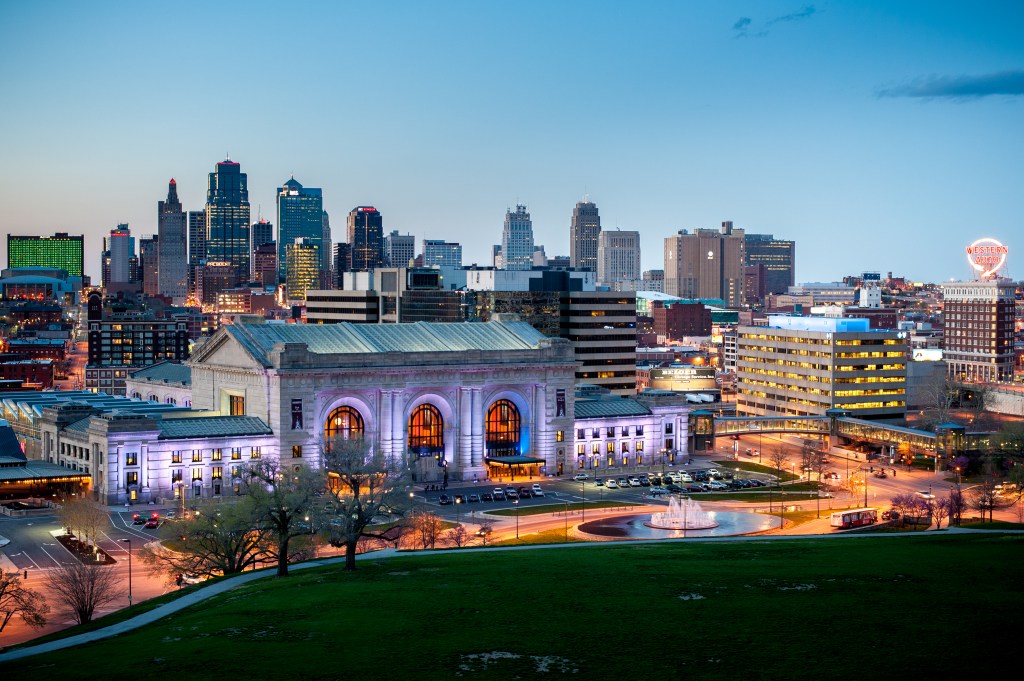
But with the establishment of the country’s vast highway system and booming auto and flight industries, many historic train stations faced demolition or desertion. In the last several years, though, multiple communities have sought to revitalize these emblems of a bygone era, either restoring them to their former glory or transforming them into something new.
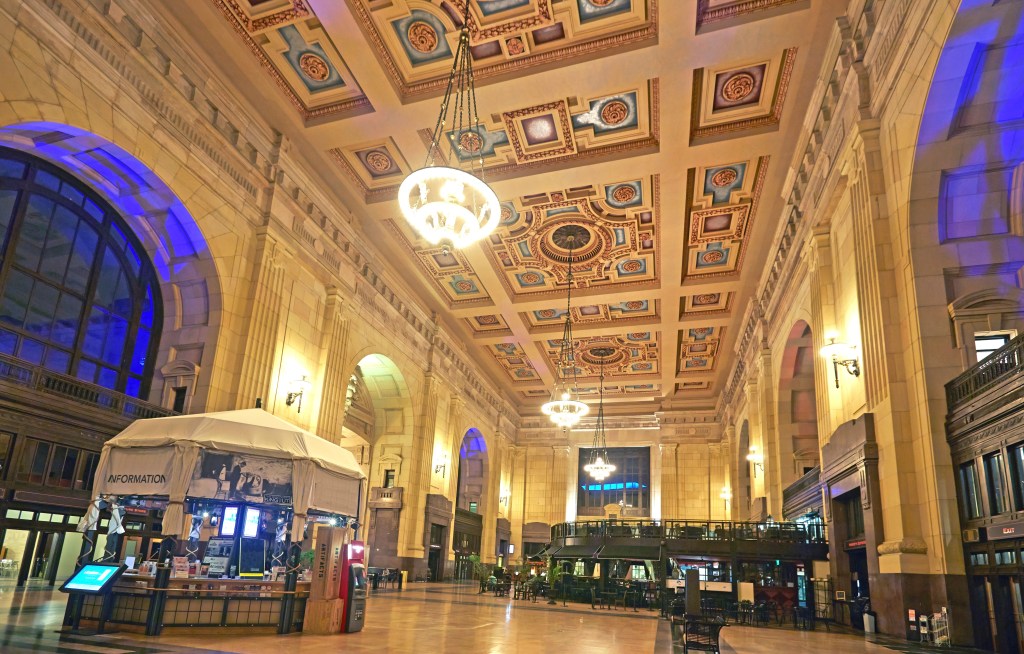
In 1996, Missouri and neighboring Kansas approved a sales tax to raise $118 million — believed to be the first bi-state tax initiative of its kind — toward the Kansas City station’s $250 million makeover. Private donations and federal funds closed the financial gap and made the station’s reopening in 1999 possible. Today, it is home to multiple businesses, government offices, and a science center, and it regularly hosts special events like concerts and educational exhibits.
Denver Union Station in Colorado, which originally opened in 1881, had a similar experience to its Missouri counterpart. The building was the tallest in the West at the time, with a 180-foot clock tower at its center. In its prime, as many as 50,000 passengers traveled through the station each day, according to Condé Nast Traveler, but by 2000, it was mostly empty.

Denver Union Station, 1921
A $54 million renovation, completed in 2014, brought the building back to life, followed by another $11 million update finished in 2024. It now sees about 10,000 daily visitors, and boasts shops, restaurants, bars, and a luxury hotel.
Roughly 525 miles west of Denver, the extravagant Asher Adams Hotel hosts guests at what was once Salt Lake City’s Union Pacific Depot. The structure, originally completed in 1909, is one of the city’s oldest, per the BBC, and served as a gateway between the Northwest and Southwestern U.S. Trains stopped passing through by the late 1980s, and though part of the space was converted into offices ahead of the 2002 Winter Olympics, the rest remained largely desolate.
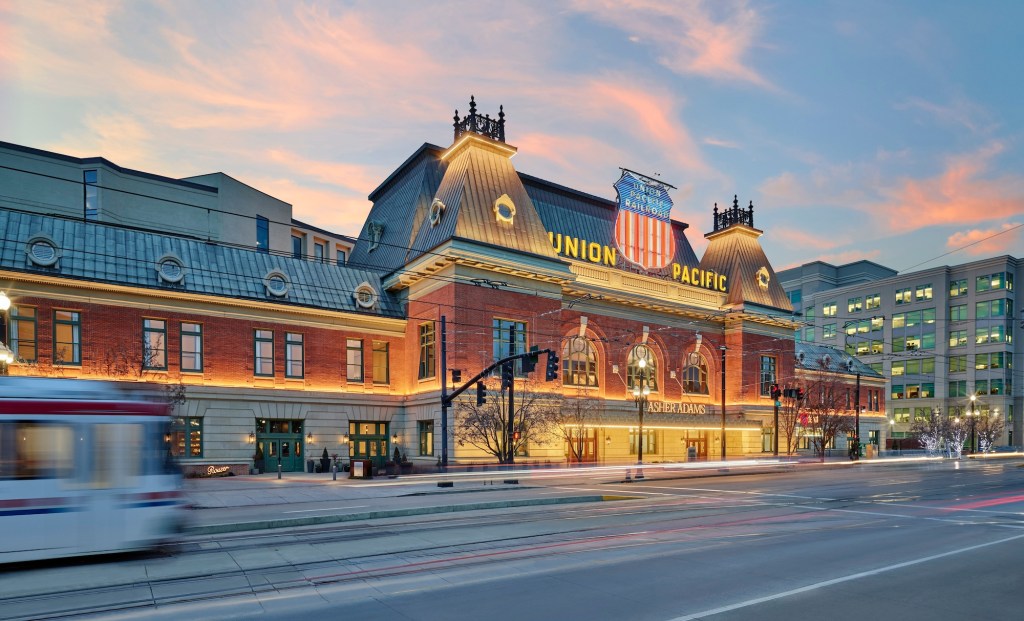
Still, tearing it down was never an option, said Emir Tursic, a partner with HKS Architects, the firm that helmed the restoration. Besides its remarkable French Second Empire architecture and impeccable décor — including two large murals — residents felt emotionally connected to the space, Tursic said. “It’s part of our cultural heritage,” he noted. Nearly everything in the 225-room hotel is related to Utah and railroad history, according to KSL.com.
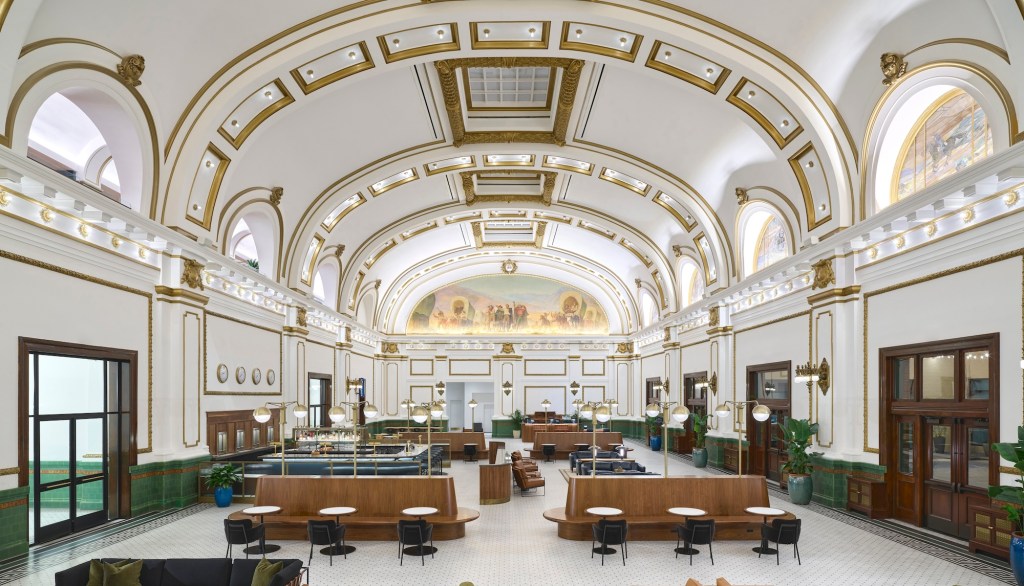
Detroit’s Michigan Central Station also has equal intrinsic and historic value. Unveiled in 1913, the imposing Beaux-Arts-style station welcomed 4,000 daily passengers in its heyday. At the time, it symbolized the city’s place as an industrial powerhouse. But by 1988, it had closed and become an eyesore.
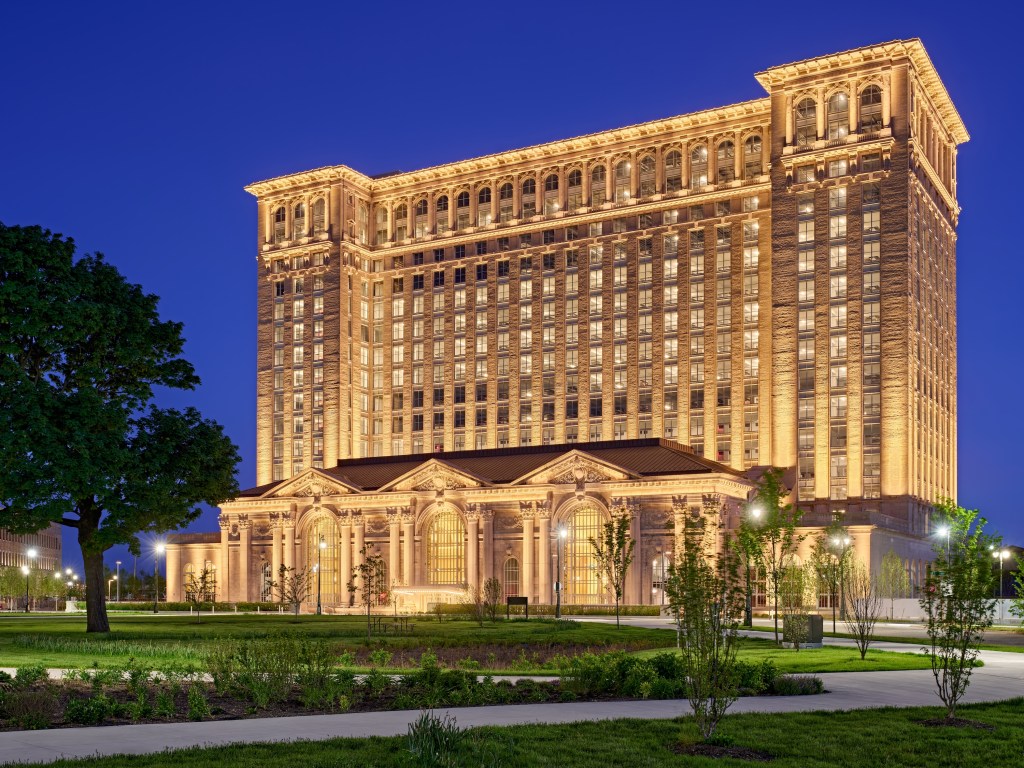
“It became a symbol of the rise and fall of Detroit,” Bill Ford, who worked to restore the depot after Ford Motor Company purchased it in 2018, explained to Architectural Digest. After six years, 1.7 million hours of hard work, and a $1 billion investment, the neoclassical terminal was brought back to life. “Now it shows Detroit’s resilience,” said Ford.
Today, the revitalized structure is a testament to Detroit’s remarkable comeback following a prolonged period of economic hardship: Sitting in front of a 13-acre park, it serves as a beautiful workspace for various companies, featuring artfully reconstructed architecture and decor.
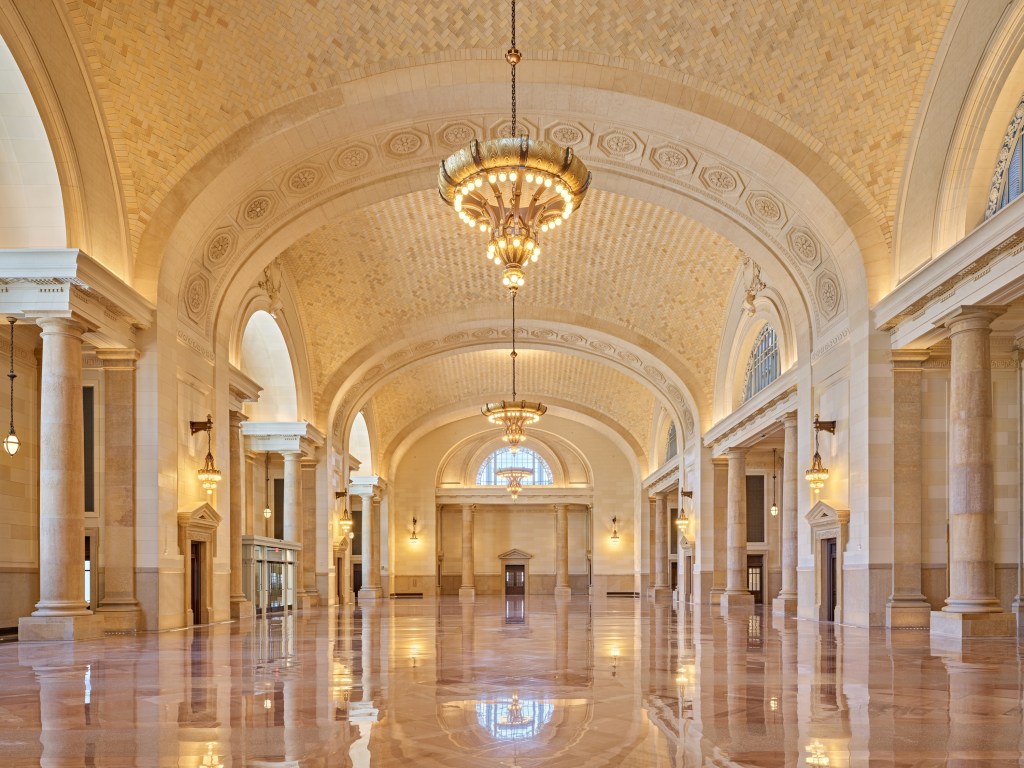
Naturally, although lavish train depots still exist nationwide, most towns’ historic transport hubs were relatively modest — but that doesn’t mean they’re any less worthy of revival.
Mexican restaurant Maize Cocina & Cocktails opened in October 2024 in what was once the small Westfield Train Station in New Jersey. The humble but aesthetic stone-brick building, built in 1892, had been slowly deteriorating for years before its recent 2.5-year makeover. Now, it serves a vital role in the “ongoing renaissance” of downtown Westfield, city mayor Shelley Brindle told Jersey Digs.
“We could have gotten a vanilla box or a turn-key restaurant,” Jesa Henneberry, Maize’s partner and executive chef, shared with the BBC. “But we didn’t want to tear down history. We wanted to breathe new life into it. I feel good we did that here.”
RELATED: The “Huge Potential” of Turning Abandoned Malls Into Much-Needed Housing Across the US
